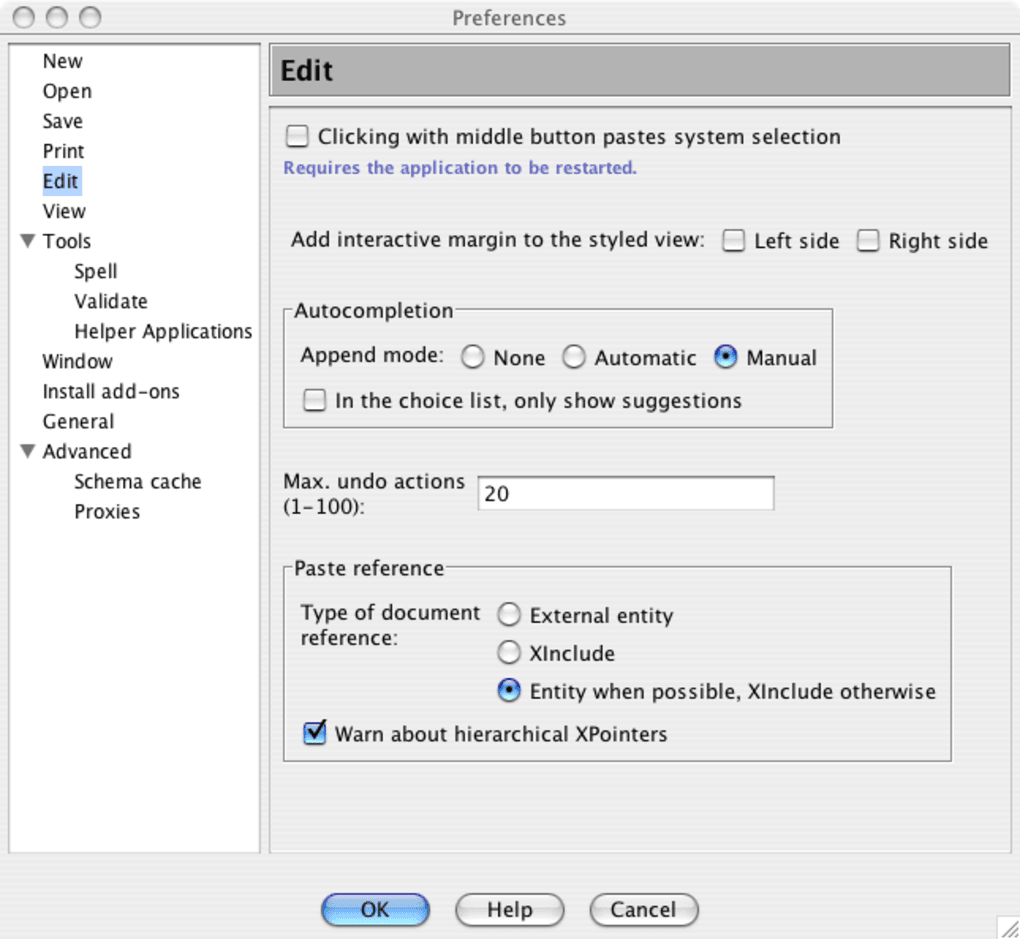

- #How to use microsoft xml editor pdf
- #How to use microsoft xml editor update
- #How to use microsoft xml editor software
- #How to use microsoft xml editor free
Doing so will display the Attributes For Item Dialog box, shown in Figure C. Where are the attributes? To see attributes you must right-click an element and select Attributes from the resulting context menu. It also opens the XML Structure task pane (to the right). When you open an XML document, Word displays both tags and content.
#How to use microsoft xml editor update
If you want to open a file type other than the default setting, you have to open the File Of Type drop-down list, choose the file type, and then let Word update the list. For instance, Word 2003 defaults to Word’s. Most applications default to the application’s format in the Open and Save dialog boxes.

#How to use microsoft xml editor pdf
Note: This article is also available a PDF download. (We’re providing instructions for Word 2003, but the concepts are similar for Word 2007.) Here are a few suggestions for simplifying your XML tasks in Word. Many will argue that Word isn’t the right tool for editing XML files, but if Word is what you have, you want to get the job done efficiently and effectively.
#How to use microsoft xml editor software
That makes reusing data much simpler because any software that can read plain text can read the data. The resulting file contains not only the data, but also a description of the document in plain text. Using XML, you can store data in a format that’s easily available to other software. Here are a few pointers that will make the process go more smoothly. XML makes it possible for you to extract, manipulate, store, and reuse data from any number of sources – and Word 20 provide tools for working with XML files. This is a good idea even if you've built your schema using another tool.XML makes it possible for you to extract, manipulate, store, and reuse data from any number of sources - and Word 20 provide tools for working with XML files. This command line tool validates your schema against WC3's XML Schema language. I highly recommend checking out IBM's XML Schema Quality Checker. I stopped using it soon after noticing this. In contrast, Oracle's JDeveloper (based on Borland Jbuilder, I believe) tries to provide a decent schema editor, but falls short in that it sometimes produces invalid schema files.
#How to use microsoft xml editor free
It's a nice app to use and there's even a free version available! This is a tool worth keeping an eye on.īoth of these products have a handy feature which produces sample XML files based on your schema. Liquid XML is a pretty good, but relatively new alternative. It's a mature product, so you don't tend to run into limitations as quickly as you do with some other tools.

It offers different views of your data/schemas, XPath tools and produces good diagrams, among other things. Altova's XMLSpy is probably the best available.


 0 kommentar(er)
0 kommentar(er)
